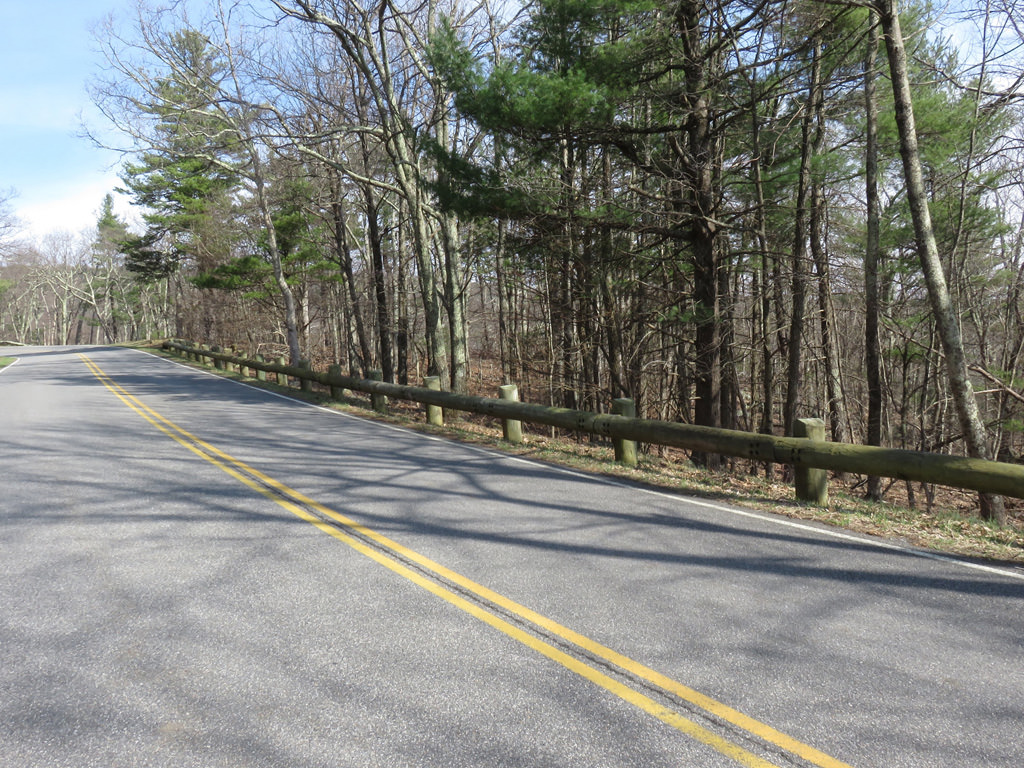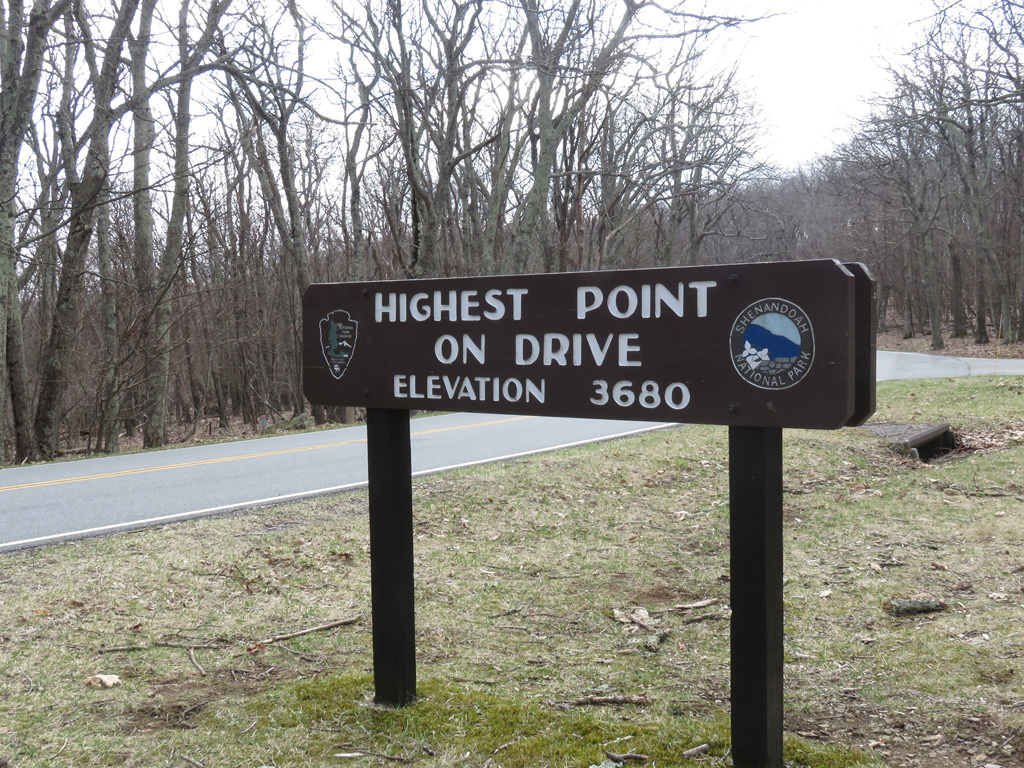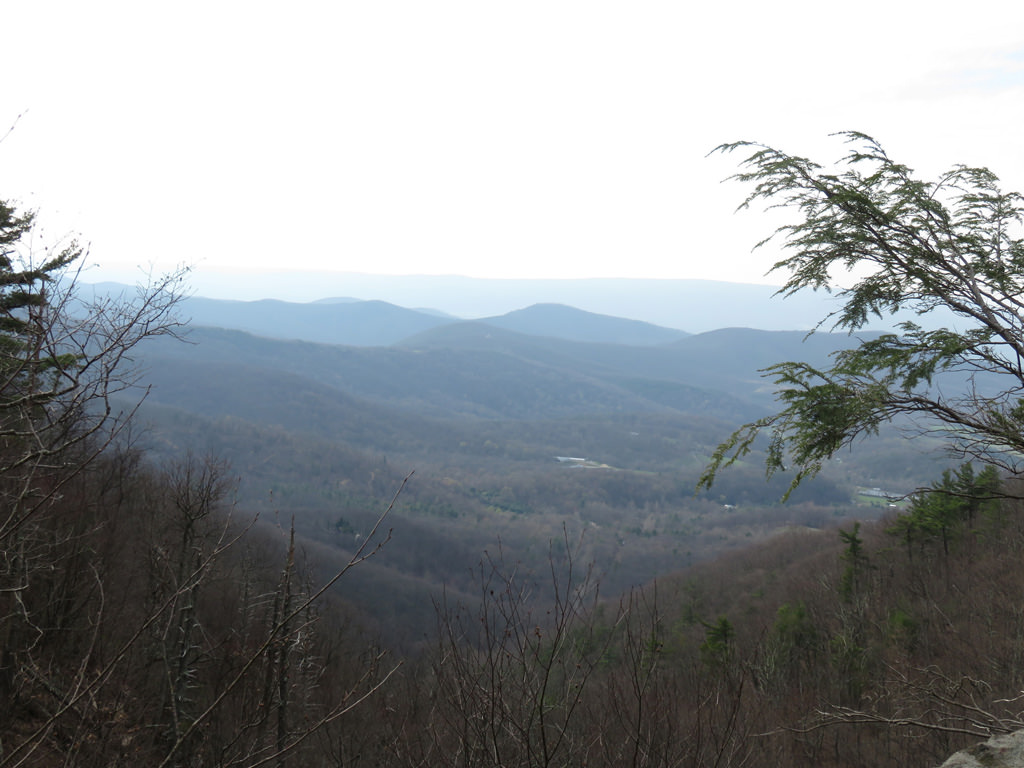How to Have an Unforgettable Weekend in Shenandoah National Park
Consider yourself lucky if you get to spend a full weekend camping, hiking, and exploring the 200,000-acre Shenandoah National Park, which was established in 1935 during Franklin D. Roosevelt’s first term as president. The 500 miles of trails in the park will keep you busy during the day; the multiple campgrounds and campsites will keep you comfy through the night. Add to that amazing mountain views in all directions and Shenandoah’s got your weekend covered.
Start your trip by driving along the 105-mile Skyline Drive National Scenic Byway through Virginia's Blue Ridge Mountains. It’s a beautiful drive dotted with gorgeous views and campgrounds, and provides easy access to most of the park’s trails. While all of you weekend warriors out there are aching to get some fresh air, don’t underestimate this drive. Stay in the car a few minutes longer and take in the sights and sounds of one of America’s favorite mountain roads. Not only is it a beauty, but it’ll get you to where you need to be to hike, ride, run, or to just enjoy the beauty of your surroundings during the day or under the stars.


Skyline Drive gently winds 105 miles through the park as it traverses several climbs. - Jason Devaney
When you first arrive at the park, the best thing to do is to get yourself situated in your lodging for the evening. There are four entrances to the park: the northern and southern ends at Front Royal and Rockfish Gap respectively, along with Thornton Gap (milepost 31.5) and at Swift Run Gap (milepost 62.7). The $20 entrance fee is good for seven days.
You can either camp in the backcountry—on most trails—or at any one of the four campgrounds located off Skyline Drive: Matthews Arm (mile 22.1), Big Meadows (mile 51.2), Lewis Mountain (mile 57.5), and Loft Mountain (mile 79.5). The campgrounds are a great choice for families, but it’s important to make reservations or at the very least, get there early - both Loft Mountain and Matthews Arm leave 80% of their sites available on a first-come-first-served basis. If you are headed out on a backpacking trip, there are hundreds of options because of the vast amount of trails within the park. Be sure you have planned wisely and know where you are going—there’s very little cell reception in the backcountry.
If you are looking for more comfort for your weekend away, there are lodging facilities available at three areas of the park: Skyland (milepost 41.7), Big Meadows (milepost 51), and Lewis Mountain (milepost 57.5). All three offer many more creature comforts than tent camping, including rustic cabins to more traditional hotel-style rooms, free wi-fi, and dining rooms, depending on which area you choose.


This sign greets visitors to Skyland at milepost 41.7. - Jason Devaney
Once you are settled in, you can figure out how you are going to spend your time in the park. There is almost an unlimited number of options for hiking and running. Trails range from less than a mile to several dozen miles. One hundred and one miles of the Appalachian Trail also meander through this park making the AT the longest continuous route here. All of these trails are all great for hiking, and many serve as challenging trail runs.
The highest point in the park is the 4,051-foot Hawksbill Mountain. The shortest route to the top starts at the Hawksbill Gap parking area between mileposts 45 and 46 off of Skyline Drive. The 1.7-mile round-trip hike on the Lower Hawksbill Trail is steep, but your effort is rewarded by a fantastic view of the entire park. Your quads, however, will feel it on the way down.
Another fun area for hiking is near Loft Mountain in the southern section of the park. If you are looking to get some mileage, try the Browns Gap Trail. It starts across from the parking lot at mile 83 and tackles portions of a fire road and three different trails, including the AT. The 6.5-mile loop has three picturesque waterfalls and is considered to be moderately challenging.
If cycling is more up your alley, then you are in luck. The park is a favorite training ground for road cyclists who want to test themselves on the punishing climbs of Skyline Drive. From north to south, the road ascends 15,000 feet in elevation and travels up 18 categorized climbs. Heading in the opposite direction from south to north, the ride yields about 13,400 feet of elevation gain over 19 rated climbs. Translation: It's very difficult and your legs will hurt.
It’s very important to keep a few things in mind as you set off on your bike:
A compact crank (50-34 gear ratio), or at least a mid-compact crank (52-36) is your best bet because of the elevation gain.
The speed limit on Skyline Drive is 35 MPH for cars and bikes. There are some very fast downhill stretches and you'll want to keep your speed under control.
Drivers can easily get distracted on the road when they're taking in the scenery and wildlife, so stay alert.
A weekend cycling adventure in Shenandoah National Park is best done over two days. If you have someone with you who's not riding, have them keep the car roughly halfway up so you can all stay at one of the lodges. Ride from the start of the road to the lodging on day one, and finish riding the road the next day.
If the aforementioned activities are not your thing, there is still plenty to do along Skyline Drive. Hop in a car and visit each of the 75 designated scenic viewpoints along the road. Bring food and have a picnic at one of them. Or just take a deep breath and smell the fresh, clean mountain air as you admire the valleys and mountains below and in the distance.
That's really what Shenandoah National Park is all about—enjoying nature in its finest form.


Scenic vistas like this one are everywhere.. - Jason Devaney
